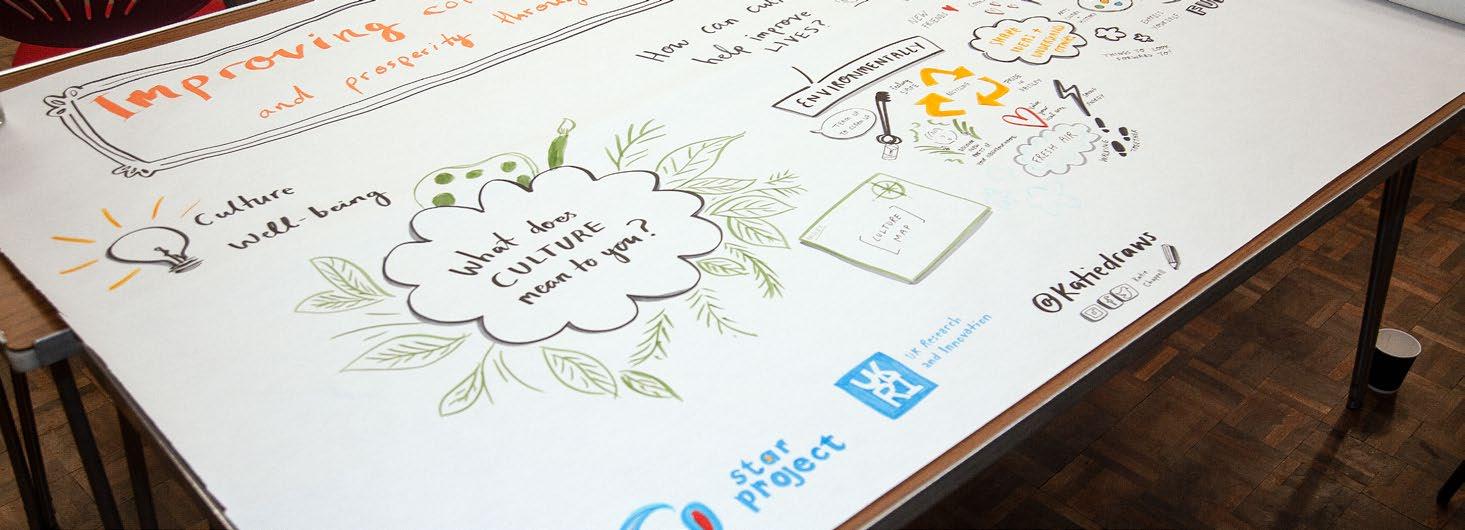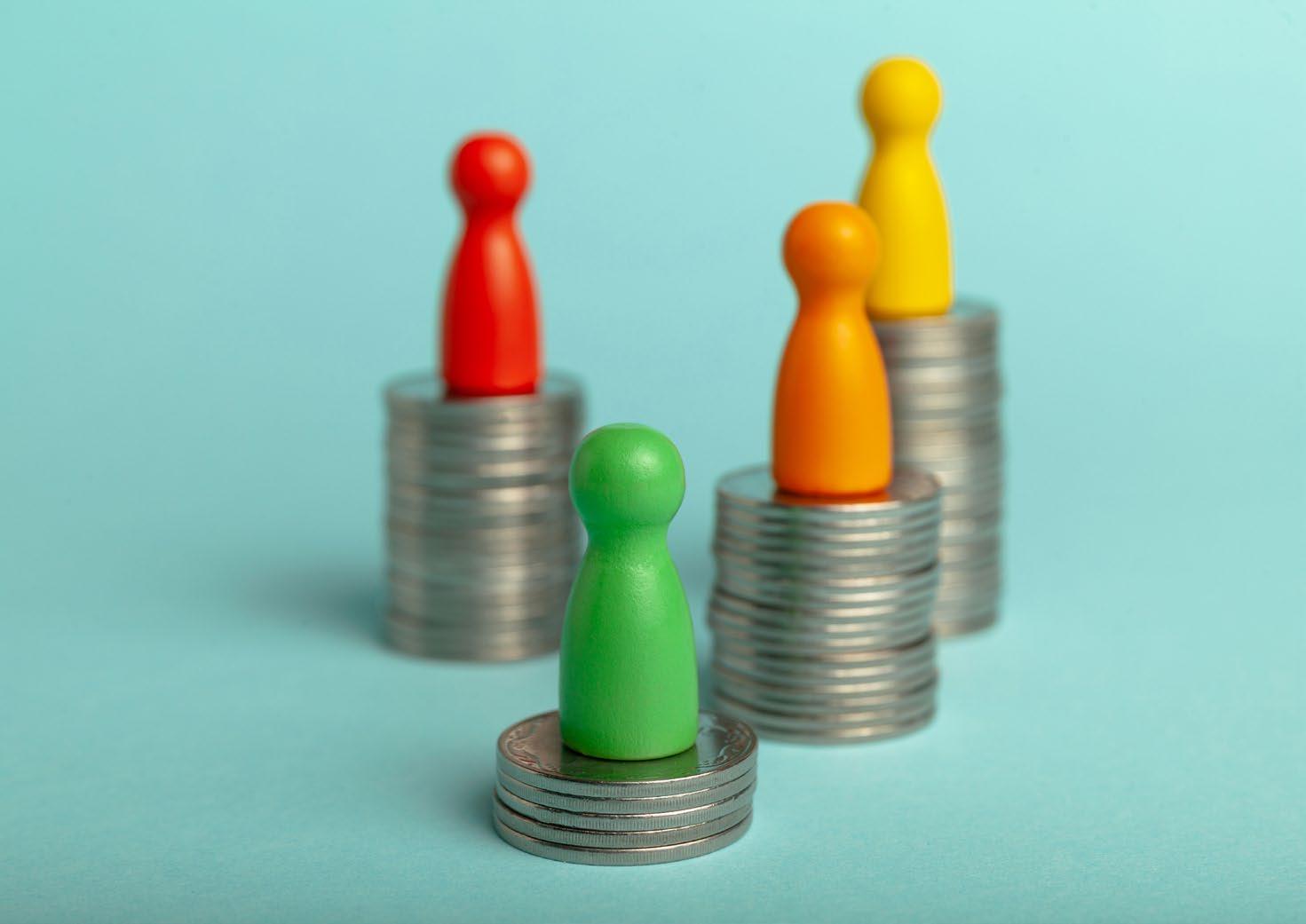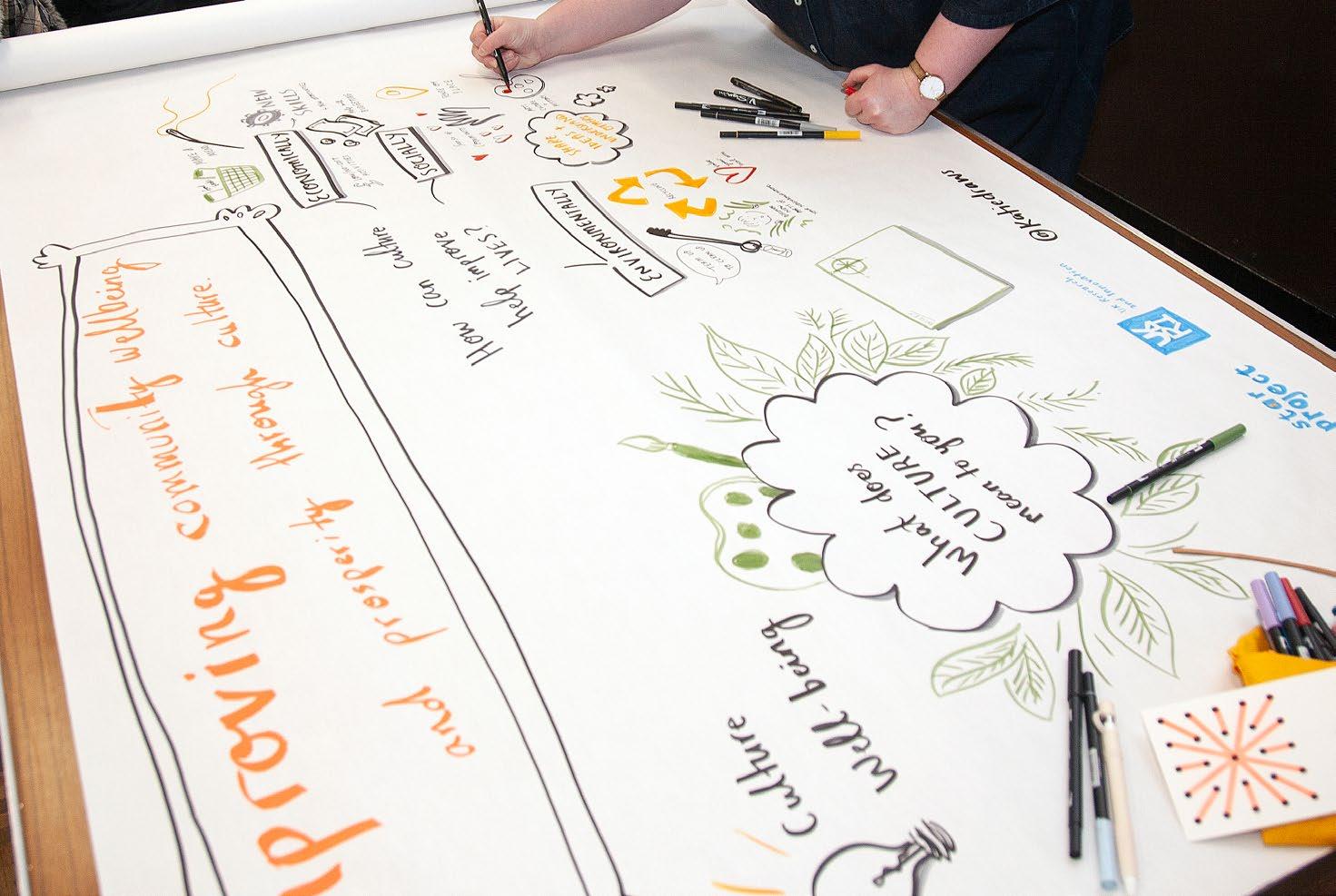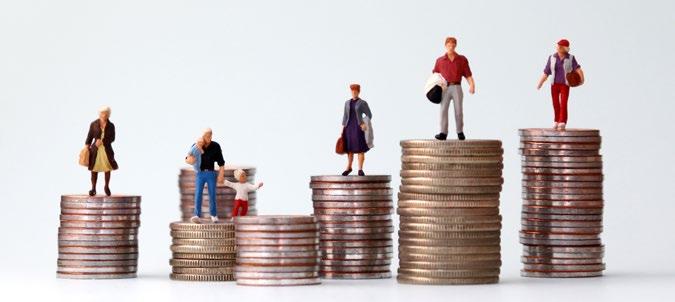reference, where the term is understood as ‘the process of putting culture in the service of the community, especially in the advancement of certain community defined goals’ (Dirksen, 2013:52). While Dirksen is clear that such undertakings will neither reorder society nor eliminate deep-rooted structural inequality, they do nevertheless ‘enable positive discourse and provide clear direction, as well as musical enjoyment’ (Dirksen, 2013: 54). In his brief summary of the ways in which he and his theatre troupe utilise drama for poverty reduction, Daogo Guingané emphasises the awareness raising potential of drama interventions. Useful drama – socalled because it raises people’s awareness of issues relevant to them – is a popular intervention across the African continent, creating ‘a bridge between art and developmental issues’ which, Daogo Guingané argues has the effect of ‘encouraging people to change their behaviour, and helping to deal with moral and material poverty at its root’ (Daogo Guingané, 2010:10&12). While neither Dirksen nor Daogo Guingané, propose that the cultural interventions they describe can ‘solve’ material poverty they do suggest that ‘if poverty is an absence of means, then culture can sometimes open the doors of possibility’ (Dirksen, 2013: 54). The approaches they reference are impactful but low cost (Dirksen, 2013: 54) and the outcomes described – i.e. increased agency, awareness – foreground some of less tangible, more psychosocial potential effects of interventions might accrue for people living in materially poor circumstances.
11







